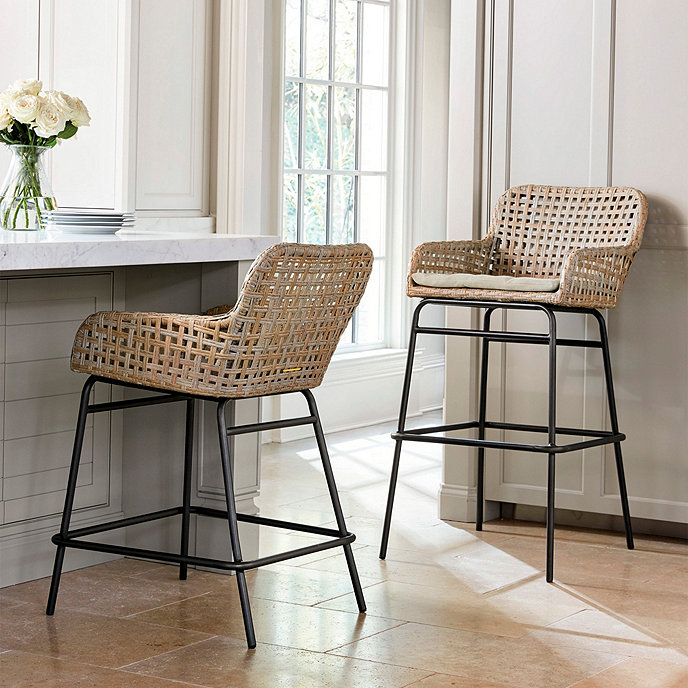Hannah Sideboard, Natural
Eighteen inches of depth in this natural wash sideboard means that you’ve found an ample storage container for your most-used spaces. Four woven cane doors conceal clutter, while the cabinet’s sleek iron base adds the illusion of weightlessness.
Eighteen inches of depth in this natural finish sideboard means that you’ve found the perfect ample storage container for your most-used living and dining spaces. The even better news is that it looks effortlessly elegant, even when packed with everyday items. Four woven cane doors conceal clutter, while the cabinet’s sleek iron base adds the illusion of weightlessness.
- Ships in: 2-3 weeks
- Materials: Mango wood, cane, iron
- Due to the natural characteristics of this item, minor imperfections and slight variation will occur
- Assembly Required: No
Additional information
| Dimensions | 72"W x 18"D x 31"H |
|---|






by Cynthia
Love this sideboard, it’s even better in person. Waited a long time for it, but it was worth Love this sideboard, it’s even better in person. Waited a long time for it, but it was worth it! Only drawback delivery people didn’t assemble it completely. Didn’t notice till they were gone. I was so happy with the piece. Missing a screw below. I noticed the middle leg crooked and then I saw the didn’t put a screw there. How do I get that screw?
by Jennifer
Beautiful piece!
by Corey
Perfect piece as a media cabinet. It is well made and a beautiful addition to our new room renovation. The entire process from ordering to delivery was flawless.